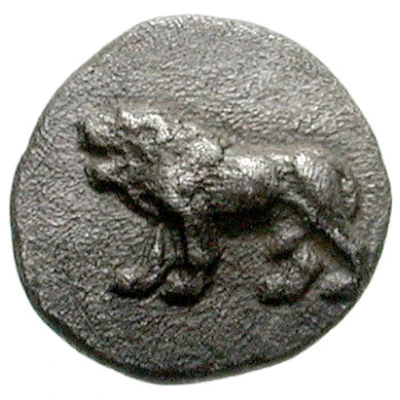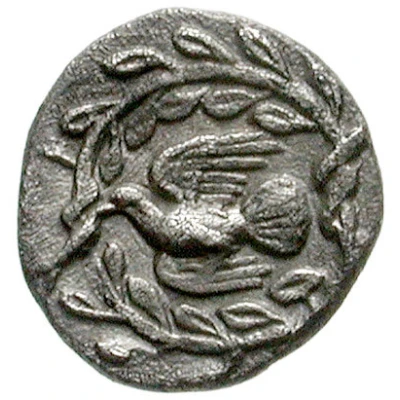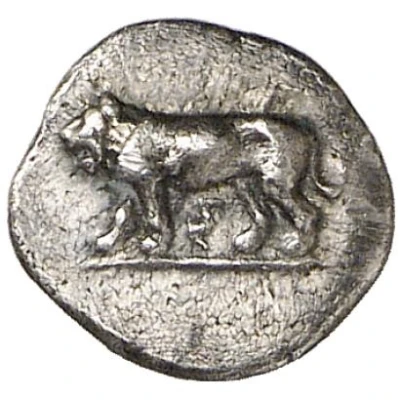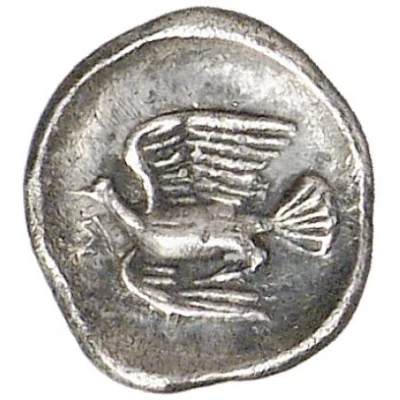


© Nomos AG
Hemiobol 431 BC - 400 BC
| Silver | 0.50 g | 8.5 mm |
| Issuer | Sikyon (Sikyonia) |
|---|---|
| Type | Standard circulation coin |
| Years | 431 BC - 400 BC |
| Value | Hemiobol (1⁄12) |
| Currency | Drachm |
| Composition | Silver |
| Weight | 0.50 g |
| Diameter | 8.5 mm |
| Shape | Round (irregular) |
| Technique | Hammered |
| Demonetized | Yes |
| Updated | 2024-10-10 |
| Numista | N#185549 |
|---|---|
| Rarity index | 100% |
Reverse
Dove flying left with open wings. All within olive wreath tied on the right
Interesting fact
The Hemiobol coin from Sikyon was used as a form of currency in ancient Greece during the 5th century BC. It was made of silver and weighed 0.50 grams, which was a significant amount for a coin at that time. Despite its small size, the Hemiobol was widely used in trade and commerce, and it remains a valuable collector's item to this day.



